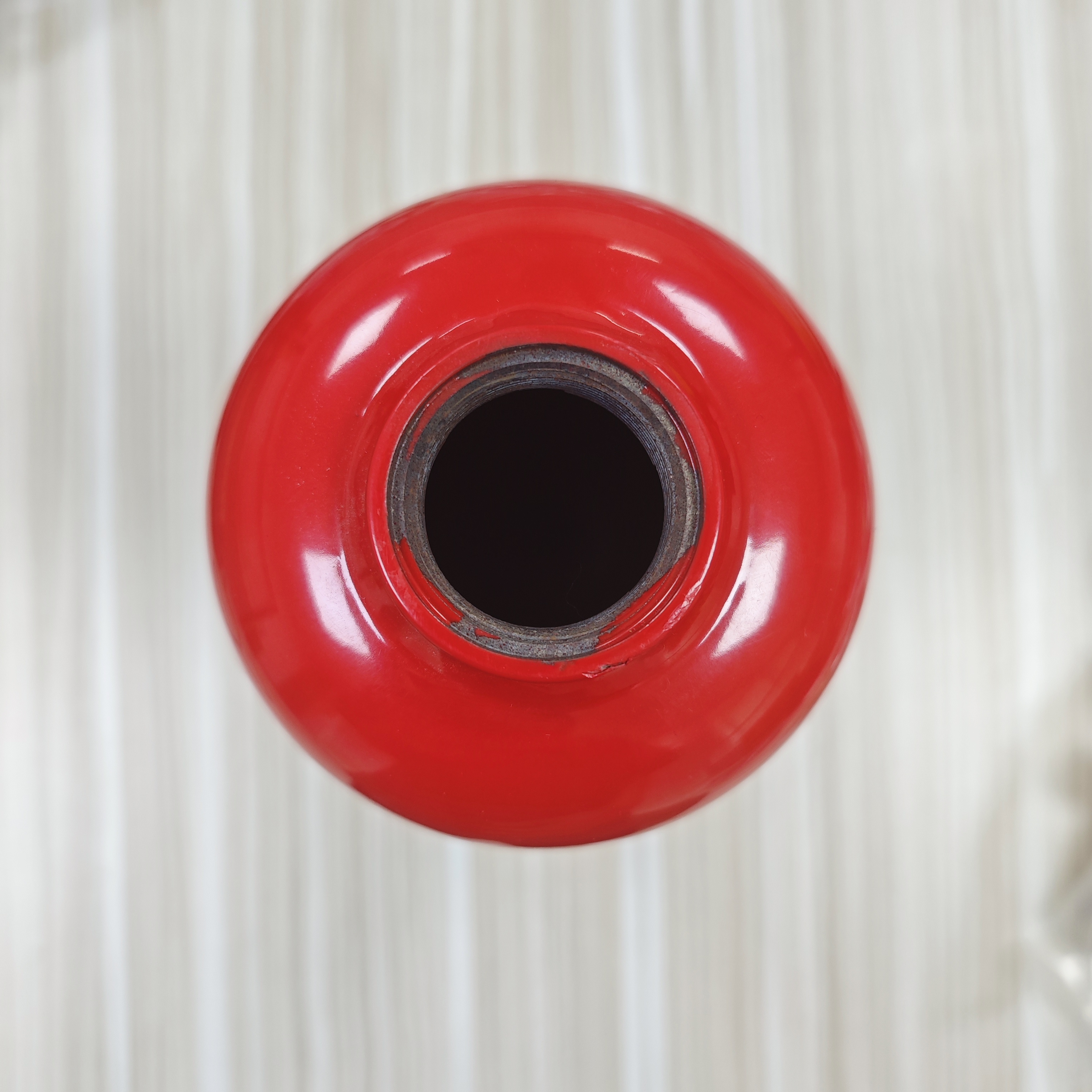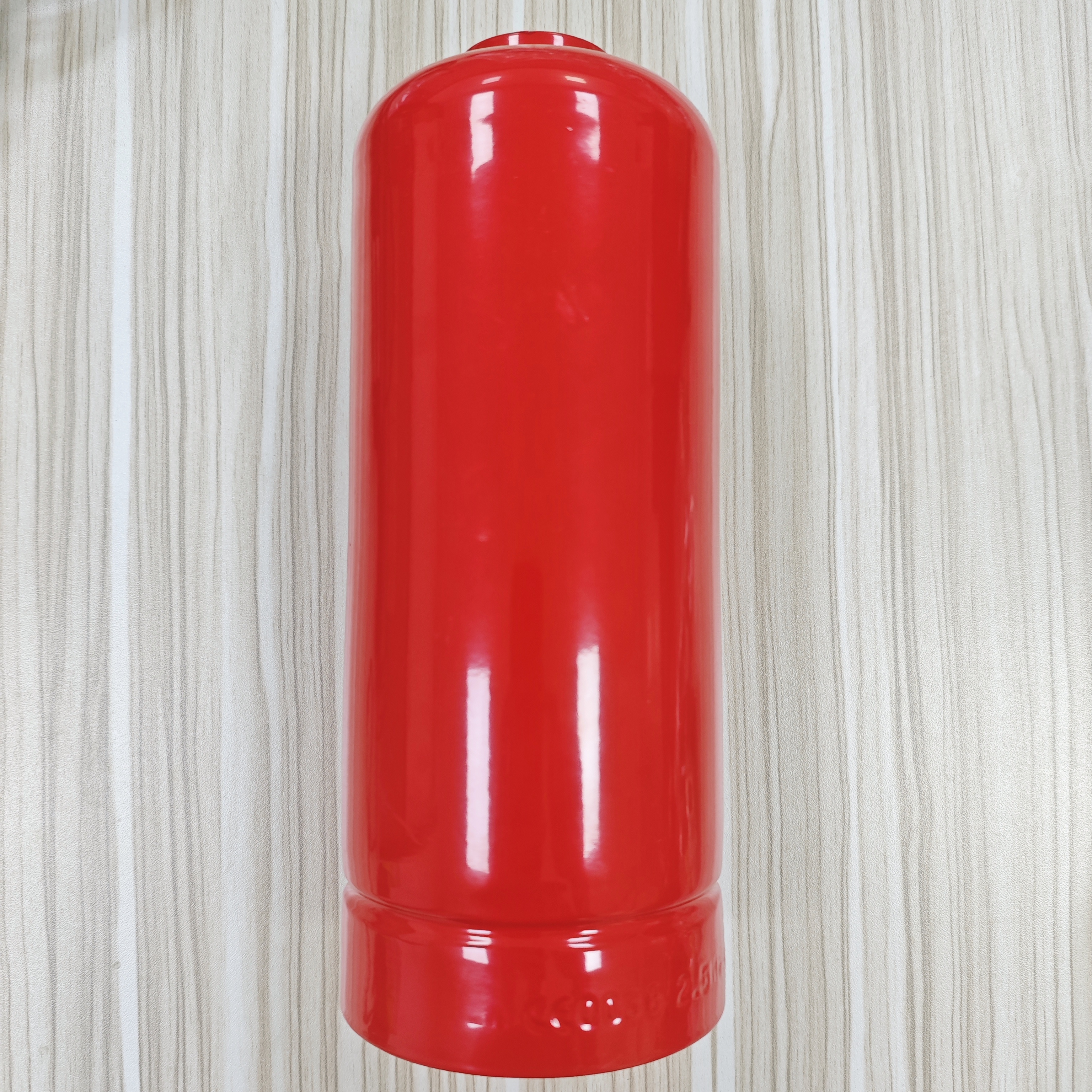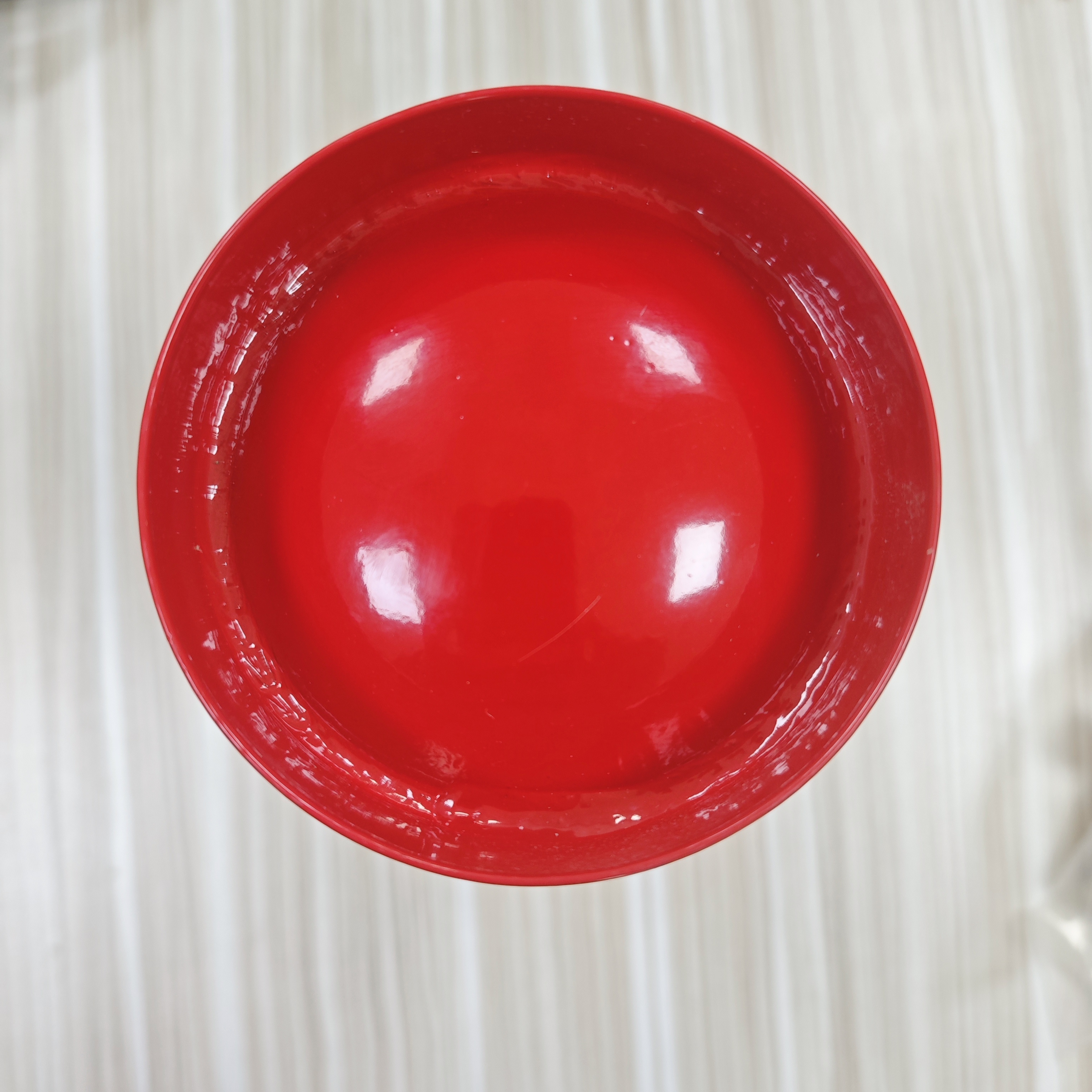In-depth analysis of dry powder fire extinguisher cylinder
1. Overview of the Cylinder Body in a Dry Powder Fire Extinguisher
A dry powder fire extinguisher depends on its cylinder body to safely contain both the dry powder agent and expellant gas until deployment. The cylinder body serves as the structural shell and pressure vessel, dictating the extinguisher’s capacity, weight, and durability. Proper selection of cylinder body material and surface treatment is crucial for long-term integrity under environmental and mechanical stresses.
2. Material Selection for the Cylinder Body
2.1 Carbon Steel
Most dry powder fire extinguisher cylinder bodies are manufactured from low-carbon steel (e.g., SAE 1010–1020) due to its high tensile strength and cost-effectiveness. A typical carbon steel cylinder body has a wall thickness of 1.2–3 mm to meet pressure requirements up to 2.5 MPa.
2.2 Stainless Steel
In corrosive environments (e.g., coastal or chemical plants), stainless steel (SUS304 or SUS316) cylinder bodies are favored for their superior corrosion resistance without significant weight increase. Stainless steel cylinders in dry powder fire extinguishers often range from 1 kg to 50 kg capacity, with wall thickness adjusted to maintain the same working pressure ratings as carbon steel .
2.3 Aluminum Alloy
Aluminum alloy cylinder bodies offer up to a 30% weight reduction compared to steel, improving portability for small-capacity units (1–6 kg) . However, aluminum’s lower yield strength requires thicker walls or reinforcement to withstand standard service pressures (1.2–2.5 MPa) in a dry powder fire extinguisher .
2.4 Composite Materials
Recent advances include carbon-fiber–reinforced polymer cylinder bodies, which provide high strength-to-weight ratios and can handle pressures up to 3.5 MPa, though at higher cost and more stringent periodic inspection requirements.
 |  |  |
3. Capacity and Pressure Ratings
3.1 Capacity Ranges
The capacity of a dry powder fire extinguisher cylinder body correlates with its intended use:
Small units (1–3 kg / ~0.5–2 L) for homes and offices.
Medium units (4–6 kg / ~2–4 L) for light-industrial and commercial spaces.
Large units (8–12 kg / ~4–8 L) for high-risk or remote locations.
3.2 Working Pressure
Typical cylinder bodies in portable dry powder fire extinguishers operate at 1.2–2.5 MPa (174–363 psi) to ensure effective discharge through the valve and nozzle. NFPA 10 classifies cylinders up to 3.45 MPa (500 psi) as “low-pressure,” requiring specific test protocols.
4. Design Standards
4.1 NFPA 10 Standards
NFPA 10 (“Standard for Portable Fire Extinguishers”) mandates that a cylinder body undergo a factory hydrostatic test at 1.5× its service pressure and be marked with the test date and inspector’s ID. Annual external inspections and a 12-year internal inspection (including hydrostatic retest) are required to verify ongoing integrity.
4.2 International Standards
European EN 3 and Canadian CAN/ULC S504 specify similar cylinder body requirements—minimum wall thicknesses, corrosion allowances, and testing frequencies—to harmonize global manufacturing practices.
5. Surface Treatment
5.1 Powder Coating
Electrostatic surface treatment with epoxy or polyester powder provides a uniform, corrosion-resistant finish that adheres strongly to carbon steel cylinder bodies and withstands impact and abrasion.
5.2 Phosphating
Pre-treatment with zinc-iron phosphate improves rust resistance and bonding for subsequent coating layers on the cylinder body .
5.3 Labeling
Legible markings—manufacturer, capacity, working pressure, manufacture date—are applied via laser etching or high-temperature adhesives, ensuring compliance and long-term readability.
6. Manufacturing Processes
6.1 Deep Drawing
Flat metal blanks are deep-drawn into seamless cylinder bodies, minimizing welds and producing uniform wall thicknesses.
6.2 Welding
Elliptical heads are TIG- or submerged-arc welded to the cylinder body, with 100% radiographic inspection to detect defects.
6.3 CNC Machining
The neck region of the cylinder body is machined to precise tolerances for secure valve assembly attachment.
7. Maintenance and Inspection
7.1 Visual Inspections
Monthly checks of the cylinder body look for dents, corrosion, coating damage, and label legibility, confirming the capacity marking remains clear.
7.2 Hydrostatic Testing
Every 12 years, cylinder bodies undergo hydrostatic tests at 1.5× service pressure for 30 s, with any permanent deformation or leaks requiring cylinder replacement.
7.3 Corrosion Control
In aggressive environments, more frequent surface treatment touch-ups may be needed to prevent pitting and maintain the cylinder body strength.
8. Innovations and Future Directions
8.1 Composite Cylinder Bodies
Carbon-fiber composite cylinder bodies promise up to 50% weight savings with comparable pressure ratings, ideal for large-capacity fixed systems.
8.2 Smart Monitoring
IoT sensors embedded in the cylinder body can track pressure, temperature, and corrosion, sending real-time alerts to facility managers to uphold fire safety standards.
9. Conclusion
The cylinder body is the backbone of a dry powder fire extinguisher, influencing its capacity, durability, and safety. Meticulous attention to material selection, compliance with NFPA 10 and international standards, robust surface treatment, precise manufacturing, and rigorous inspection ensure each dry powder fire extinguisher performs when seconds count.

